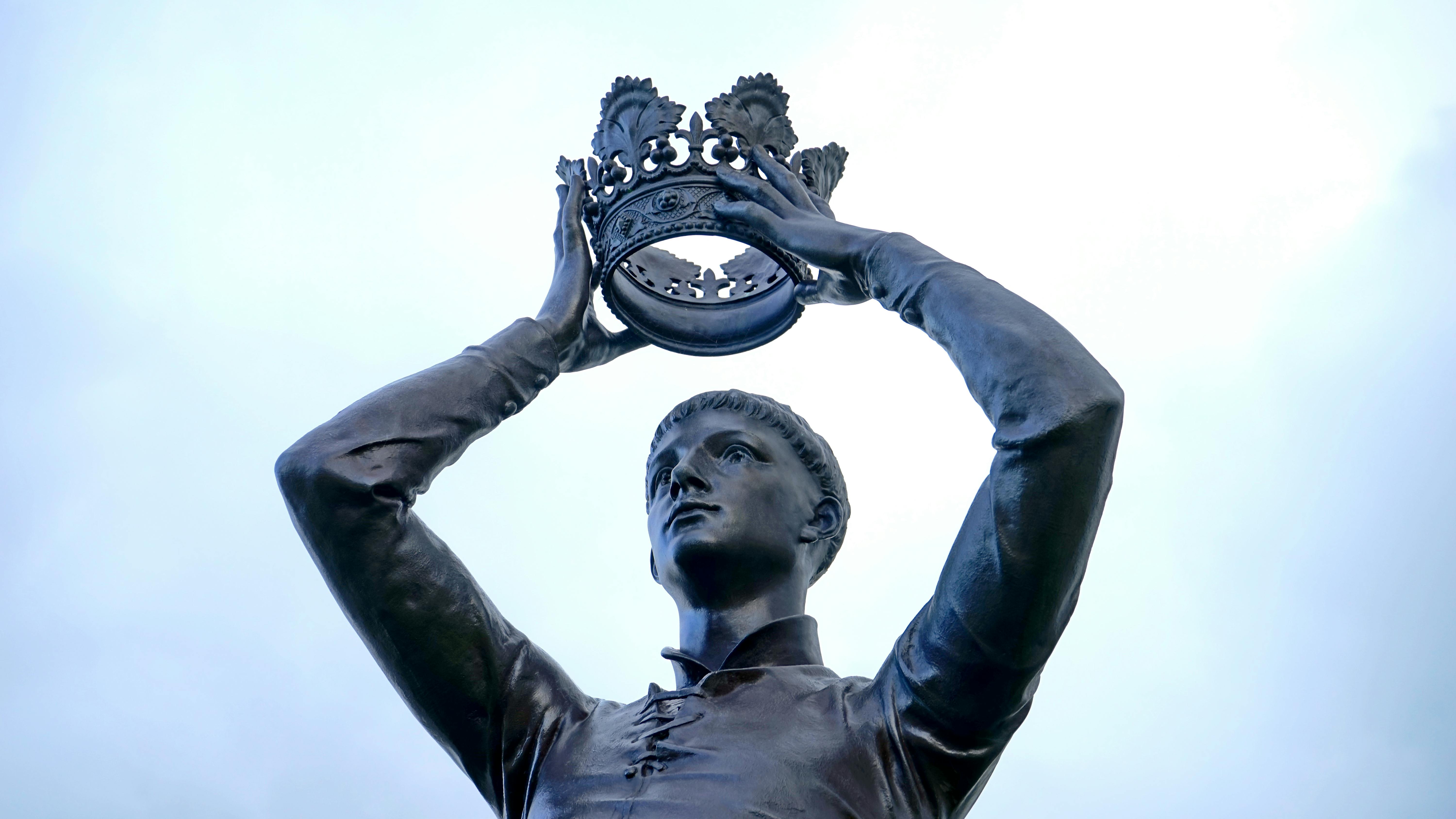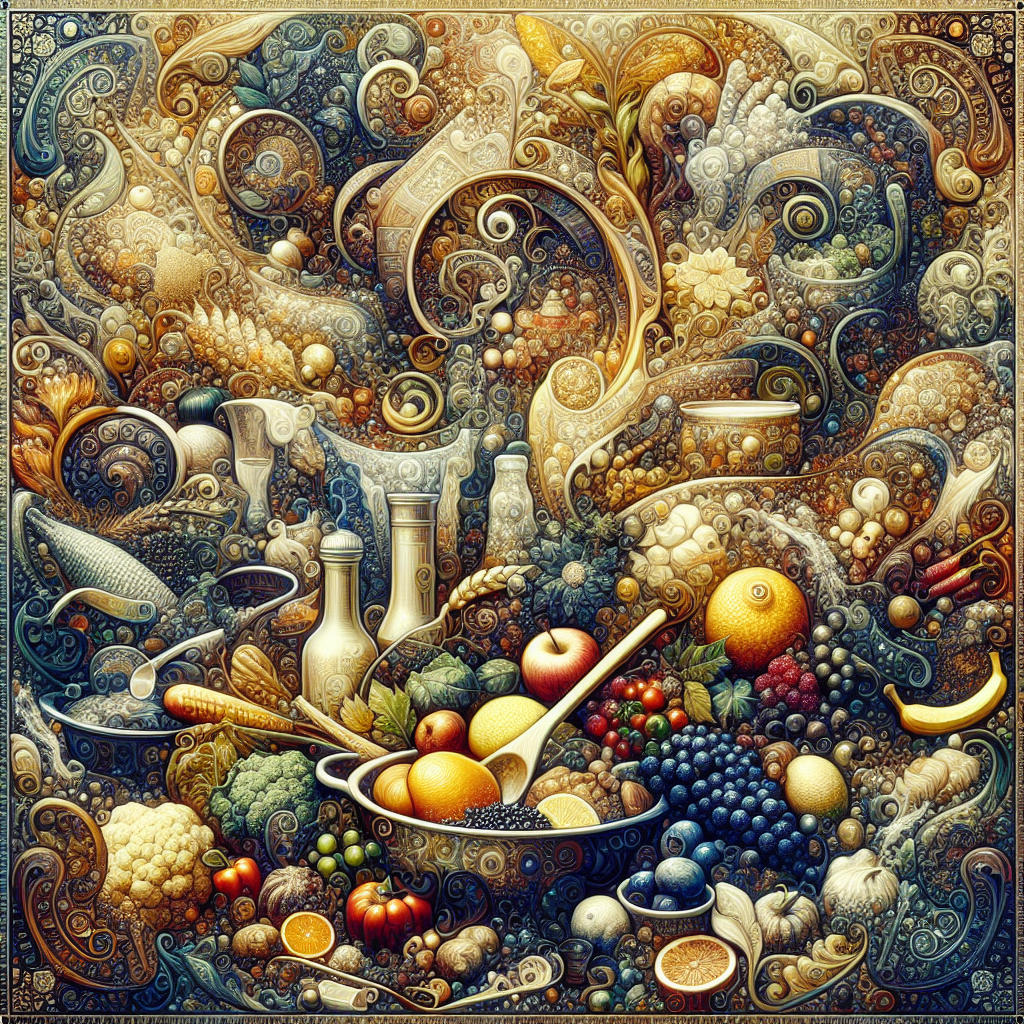Indulge in a delectable journey through the pages of literature as you discover the enchanting relationship between food and storytelling. From the sumptuous feasts of “A Feast for Crows” to the comforting simplicity of “Like Water for Chocolate”, these memorable meals in books tantalize not only the characters’ taste buds but also the readers’ imaginations. Uncover the cultural significance behind each dish, as the flavors transport you to distant lands and era, deepening your appreciation for the tapestry of global culinary traditions. Prepare to be irresistibly drawn into the rich heritage of food as you explore the inseparable connection between food and literature.

Food and Literature
Food and literature have long been intertwined, creating a delightful fusion of flavors and words that can transport readers to new worlds and evoke powerful emotions. The combination of food and storytelling holds a significant place in literature, as it brings together two universal aspects of human experience. From vivid culinary descriptions to symbolism and metaphor, historical and cultural context, emotional connections, famous literary meals, cultural significance, food memoirs and cookbooks, and author perspectives, the presence of food in literature is undeniable. Let’s explore how food adds depth to storytelling and creates lasting impressions in the minds of readers.
Culinary Descriptions
One of the remarkable ways that food enhances literature is through vivid portrayals of meals. Authors skillfully paint descriptive images of sumptuous spreads that tantalize the senses and ignite the reader’s imagination. The art of describing food in literature goes beyond simple lists of ingredients and flavors. It involves creating an experience for the reader by engaging all the senses, from the enticing aroma of freshly baked bread to the mouthwatering sight of a perfectly plated dish. These culinary descriptions not only add richness and texture to the narrative but also contribute to the development of characters and their relationships with food.

Symbolism and Metaphor
Food extends its presence beyond the plate in literature, often acting as a metaphor for emotions and experiences. Authors use food to convey abstract concepts, allowing readers to connect with the story on a deeper level. For example, a broken heart may be depicted through the imagery of a wilted flower, or a sense of longing and desire can be embodied in the lusciousness of a ripe fruit. Moreover, certain dishes hold symbolic meanings within their cultural contexts. The presence of rice, for instance, may symbolize fertility and abundance in some cultures, while bread can signify sustenance and nourishment in others. These symbols and metaphors enrich the layers of storytelling and invite readers to contemplate the deeper meaning behind the words.
Historical and Cultural Context
Food is a reflection of historical and cultural contexts, and literature often provides a window into different culinary traditions. Through depictions of traditional cuisine, authors invite readers to explore cultural practices and rituals surrounding food. Whether it’s the intricate kaiseki cuisine in Japan or the hearty feasts of medieval Europe, these descriptions not only educate readers about culinary traditions but also offer insights into the social and historical fabric of a particular time and place.

Emotional Connections
Food descriptions in literature evoke emotions and create a sense of nostalgia and comfort for readers. The familiar tastes and smells described by authors can transport us back to our own cherished memories and experiences. The mention of a simple childhood favorite or a traditional family recipe can elicit feelings of warmth and connection. Food becomes a source of joy and comfort, reminding us of the bonds we form with loved ones and the simple pleasures of life.
Famous Literary Meals
Throughout the history of literature, there have been many iconic meals that have become ingrained in the collective imagination of readers. The Mad Hatter’s Tea Party in Lewis Carroll’s “Alice’s Adventures in Wonderland” is a whimsical and absurd feast that defies logic and conventions. In J.K. Rowling’s “Harry Potter” series, sumptuous feasts at Hogwarts School of Witchcraft and Wizardry serve not only as mere meals but also as a symbol of community and celebration. Charles Dickens’ “Great Expectations” presents decadent meals as a stark contrast to the protagonist’s humble background, highlighting themes of wealth, social class, and aspiration. Harper Lee’s “To Kill a Mockingbird” features an unforgettable dinner scene that embodies both the racial tensions of the era and the power of empathy and understanding.
Cultural Significance
Literature also explores the cultural significance of food, showcasing the role of traditional cuisine in shaping both individual and collective identities. In “The Tale of Genji,” a classic Japanese novel written by Murasaki Shikibu, traditional Japanese cuisine, such as ceremonial dishes and seasonal delicacies, plays a central role in illustrating the refined aesthetics and courtesies of the Heian period. In Joanne Harris’ “Chocolat,” French gastronomy becomes a battleground between tradition and rebellion, as a chocolate shop disrupts the conservative and rigid norms of a small French town. Elizabeth Gilbert’s “Eat, Pray, Love” takes readers on a culinary journey through Italy, emphasizing the importance of indulgence, pleasure, and self-discovery through food.
Food Memoirs and Cookbooks
Food memoirs offer a unique perspective on the intersection of food and literature. In these personal narratives, authors share their own experiences and memories associated with food, using it as a medium for storytelling. From tales of family recipes passed down through generations to reflections on culinary adventures and discoveries, food memoirs celebrate the personal and cultural significance of food. Cookbooks, on the other hand, are a treasure trove of culinary knowledge and inspiration. Iconic cookbooks not only provide readers with recipes but also offer a glimpse into the lives and perspectives of the authors, often blurring the lines between literature and food.
Author Perspectives
Exploring the perspectives of authors themselves sheds light on their culinary inspirations and the role food plays in their personal lives. Interviews with authors provide insights into the creative process and the choices they make when incorporating food into their storytelling. Some authors may draw inspiration from their own cultural backgrounds or childhood memories, while others may experiment with new flavors and dishes as a way to stimulate their imagination. Understanding the author’s relationship with food allows readers to see the deeper motivations and connections that bring food to life within the pages of a book.
Conclusion
Food leaves a lasting impression in literature, adding depth and richness to storytelling. Whether through culinary descriptions that transport readers to sumptuous meals, the use of food as metaphor and symbolism, historical and cultural contexts, emotional connections, famous literary meals, cultural significance, food memoirs and cookbooks, or author perspectives, food serves as a powerful tool for engaging readers and fostering an appreciation for diverse culinary traditions. So, next time you curl up with a book, pay attention to the food within its pages – it may just take you on a delicious journey of the senses and the imagination.

